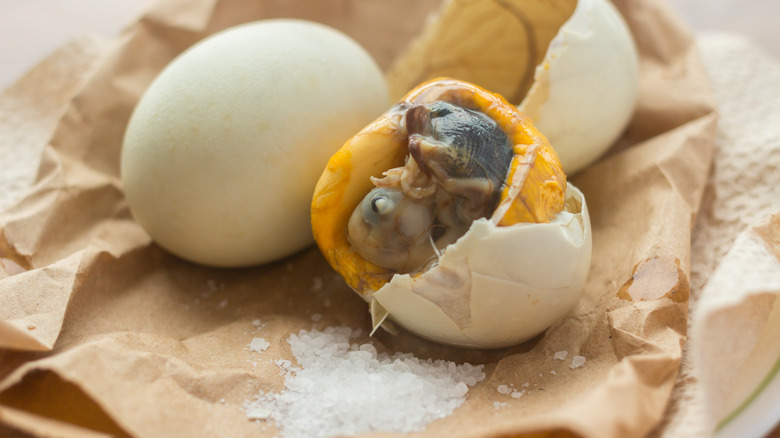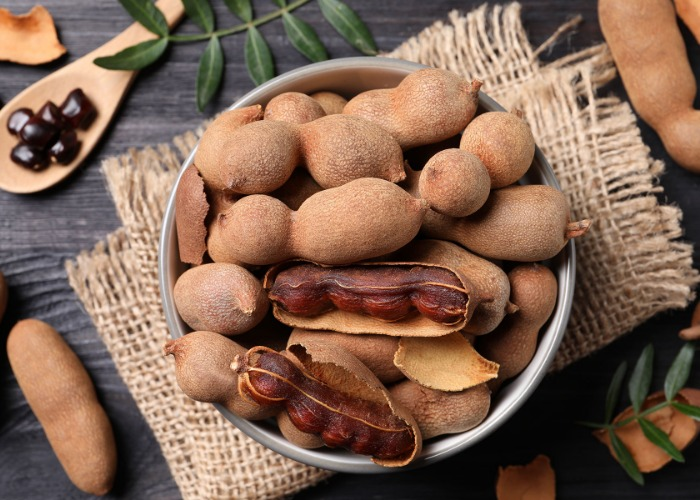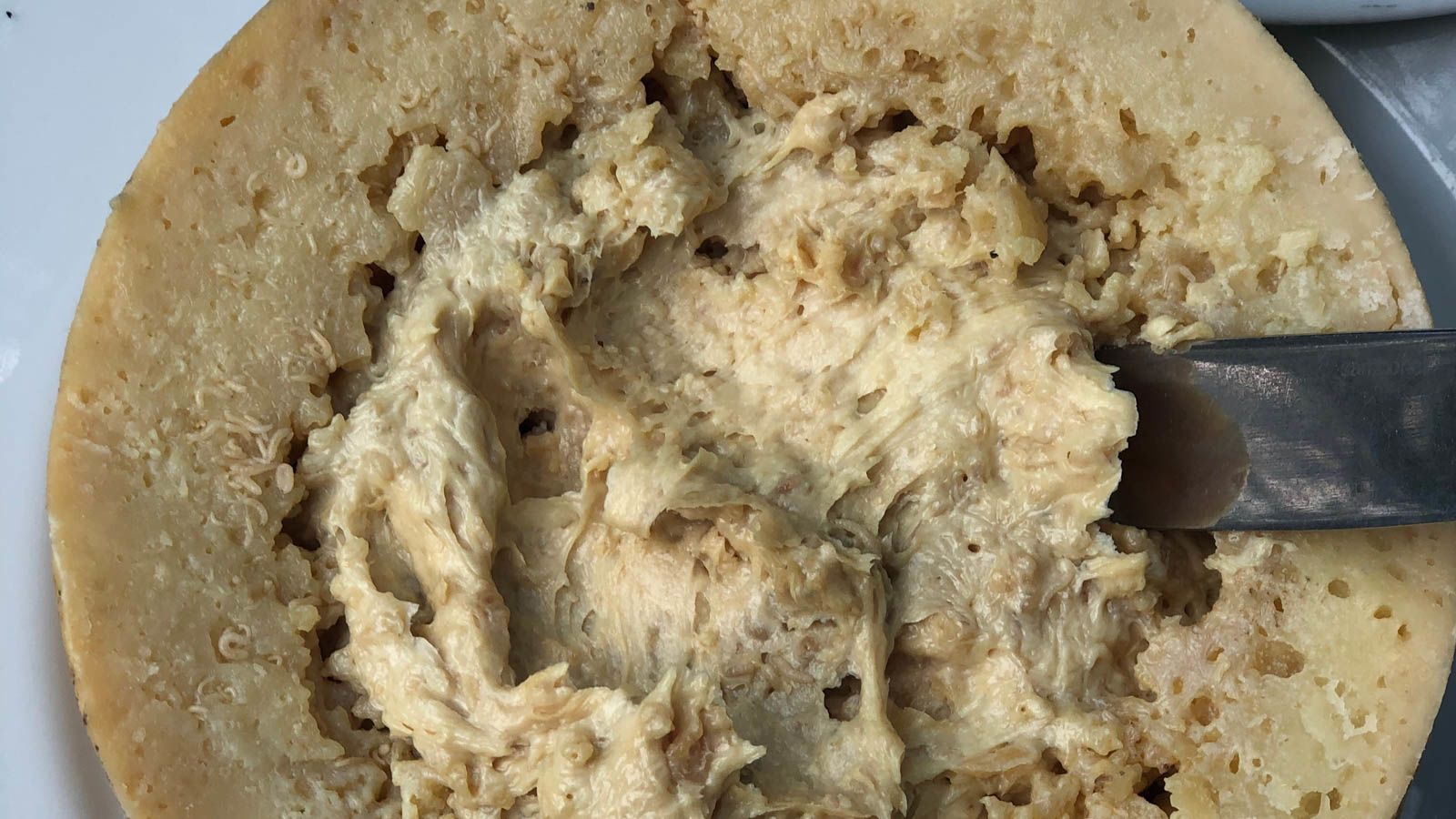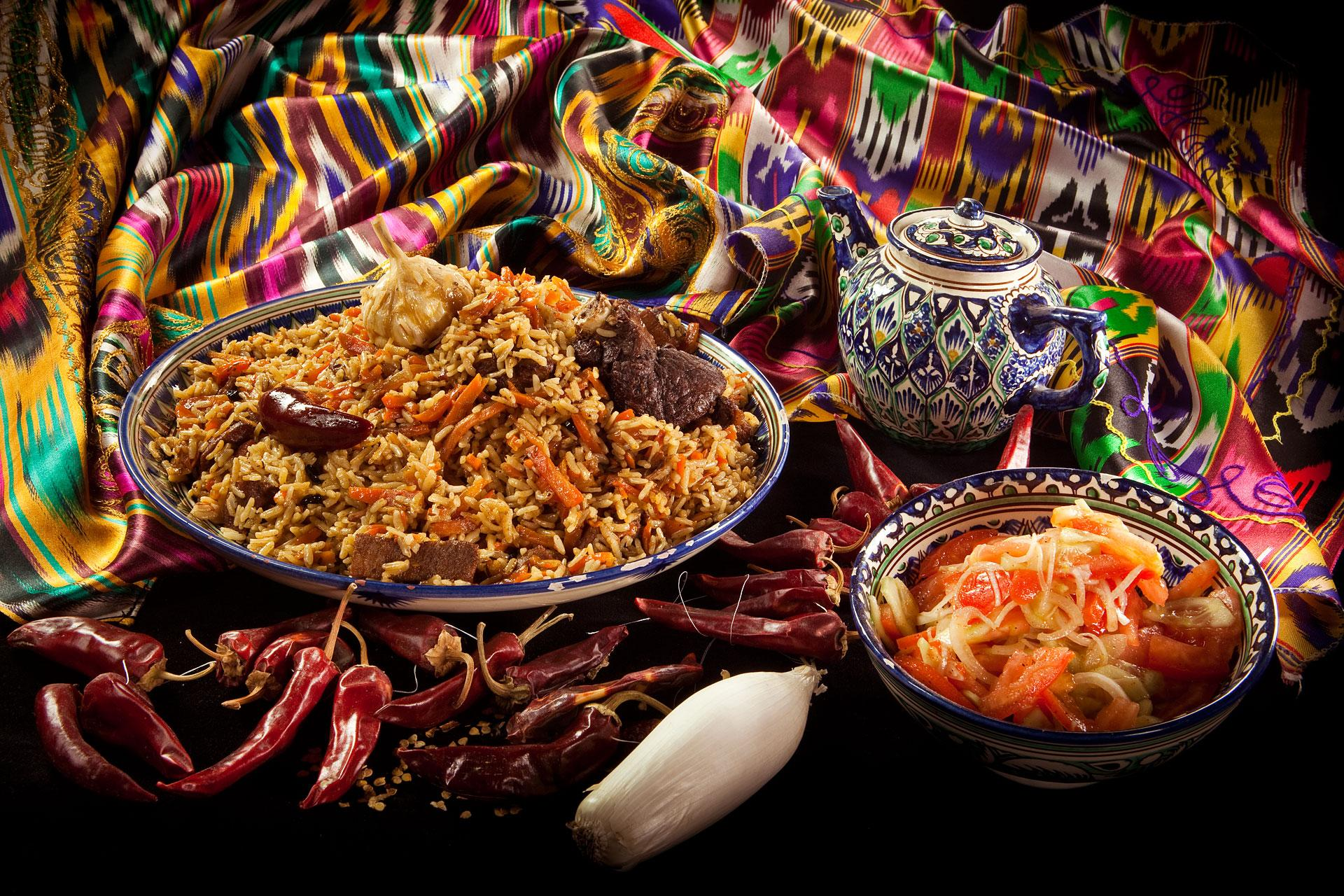innovuscollege.com – One of the most iconic and unique delicacies from the Philippines is balut—a fertilized duck egg that contains a developing embryo, usually aged between 14 to 21 days. It may sound unusual or even daring to outsiders, but for many Filipinos, balut is a beloved street food enjoyed for its taste, cultural significance, and nutritional value.
What is Balut?
Balut is a fertilized duck egg that is boiled and eaten straight from the shell. What makes it distinct from a regular boiled egg is that inside, you’ll find not just the yolk and egg white but also a partially developed duck embryo. The embryo is typically between 14 to 21 days old, meaning the duckling inside has developed some feathers, bones, and beak but is still soft enough to be eaten.
Despite its unique composition, balut is praised for its rich, flavorful broth, tender yolk, and delicate texture of the developing duck. It is often considered both a snack and a source of nutrients, particularly protein.
A Look into the History and Tradition of Balut
Balut has deep roots in Filipino culinary culture and is believed to have originated in China, where eating fertilized eggs has been practiced for centuries. The word “balut” itself comes from the Filipino word meaning “wrapped,” which refers to the egg’s contents being wrapped inside the shell.
Balut became a staple in Filipino cuisine as it traveled through trade routes and was embraced for its taste and nutritional benefits. Today, balut is commonly sold by street vendors, often late at night, in cities and towns across the Philippines. It is especially popular as a filling snack after a night out or as a source of energy for laborers.
How Balut is Made
The process of making balut is as much a craft as it is a science. Here’s a look at how balut is traditionally prepared:
- Egg Selection: Duck eggs are chosen for balut production because their shells are slightly more robust than chicken eggs. Fertilized eggs are selected for incubation.
- Incubation: The eggs are incubated in a warm environment for 14 to 21 days. During this time, the embryo develops inside the egg. The longer the incubation, the more developed the duck embryo will be, creating different textures for those who prefer more or less development in their balut.
- Boiling: After incubation, the eggs are boiled like a regular hard-boiled egg. They are often kept warm before being sold to customers, ensuring that they’re enjoyed piping hot.
- Eating Balut: To eat balut, one typically cracks the top of the shell and drinks the flavorful broth inside. After that, the shell is peeled away, and the yolk and embryo are eaten. Some people season it with salt, vinegar, or chili, but others enjoy it plain to savor the natural flavors.
How to Eat Balut
While the idea of balut may seem intimidating, especially to first-timers, eating it is a relatively simple process:
- Crack the Egg: Start by tapping the top of the shell on a hard surface or lightly cracking it with your fingers. Peel away the top of the shell to expose the broth inside.
- Sip the Broth: One of the most praised parts of balut is the flavorful broth that surrounds the embryo. Carefully sip the warm, savory liquid before peeling the rest of the shell.
- Peel and Eat: After drinking the broth, continue peeling the egg to reveal the yolk and the embryo. You can eat it plain or season it with salt, vinegar, or other condiments.
- Enjoy: The taste of balut is often described as rich and hearty. The yolk is creamy, while the embryo has a slightly meaty flavor. The textures vary depending on how developed the embryo is, but in general, balut is tender and easy to chew.
Nutritional Value
Balut is not just a culinary curiosity; it’s also a nutritious food packed with protein, healthy fats, and essential vitamins and minerals. One balut egg can provide a significant amount of protein, making it a popular choice for those needing a quick source of energy, such as laborers or athletes.
- Protein: The egg whites, yolk, and embryo provide a good source of high-quality protein.
- Iron and Calcium: The bones of the embryo, although still soft, are rich in calcium and iron.
- Healthy Fats: Like regular eggs, balut contains fats that help support overall energy and metabolism.
Cultural Significance
Balut is not just a snack in the Philippines—it’s a cultural icon. For many Filipinos, eating balut is a rite of passage, and it’s often enjoyed during social gatherings or as a late-night treat. Despite its unusual nature to outsiders, balut represents a connection to Filipino tradition and the community’s ability to appreciate food that may seem unconventional but is rich in flavor and history.
In popular culture, balut is often used as a challenge food in shows and competitions, highlighting its reputation as something daring for foreigners to try. However, for Filipinos, it’s a source of pride, showcasing the country’s adventurous and resilient culinary spirit.
Variations of Balut
While the most common form of balut is the 16- to 18-day-old embryo, there are variations in the degree of development that people prefer. Some like their balut with a less developed embryo (around 14 days), where the duckling is smaller and less distinct, while others enjoy more mature balut (up to 21 days), which has more defined features like feathers and bones.
In some regions, balut is served with different condiments or cooked with additional spices to enhance the flavor.
Where to Try Balut
If you’re traveling to the Philippines and want to try balut, you’ll most likely find it sold by street vendors. These vendors often carry baskets or containers filled with the warm, freshly boiled eggs, calling out “balut” as they walk through neighborhoods or set up stalls at night markets.
Balut is also gaining popularity outside the Philippines in countries with large Filipino communities, and you might find it in specialty Filipino restaurants or markets.
Conclusion
For many, balut may be an adventurous culinary experience, but for Filipinos, it’s a beloved snack full of flavor, history, and cultural significance. Whether you’re daring enough to try it or simply curious about its place in Filipino cuisine, balut is more than just an exotic food—it’s a symbol of tradition, resilience, and the rich culinary heritage of the Philippines.





